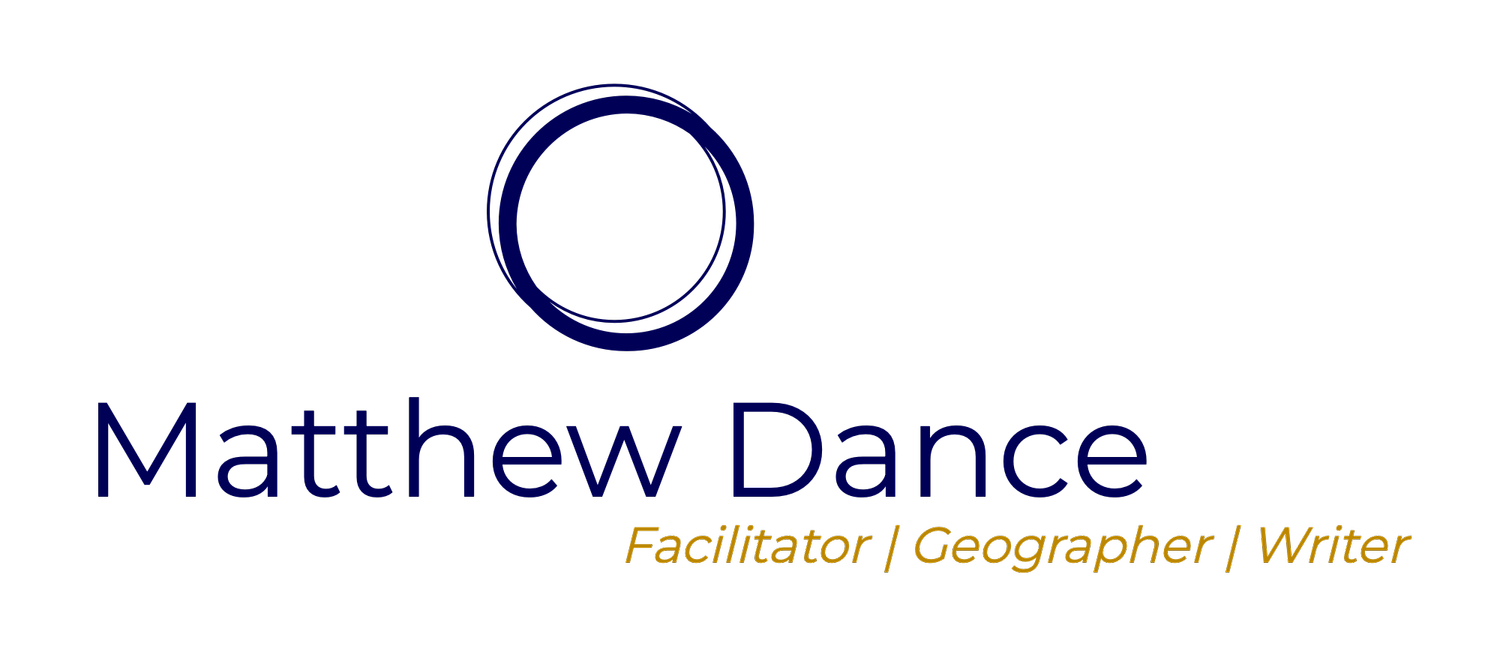Sense making and storytelling.
One of the limitations to the technology I work with is the inability for users make-sense (sensemaking) of multiple and varied data streams within a mapping or other virtual environment. For instance, within a virtual map space, data may be available that represents map elements in a point, line, polygon or 3D object format. Data may also be available from a sensor network that provides parameters related to environmental or weather indicators, historic or archieved data may also be available, and finally citizens may have hand held sensors or some personal insight / experience with specific locations. How can all of this data be combined to tell a compelling and accurate story of place? This Ushahidi blog provides some interesting links and a compelling story related to personal or organisational narrative where patterns and inferences about content can be made:
http://blog.ushahidi.com/index.php/2011/02/15/hearing-need-and-seeing-change-through-story-cycles/
Imagine collecting thousands of stories like the one above from citizens, community organizers, and NGO staff about what really matters to them … and where change is showing. Now imagine looking through a prism at these stories to find patterns and compare and contrast patterns between community efforts, organisations, burning issues, locations, citizens of different ages, and more.
I find this to be very compelling and interesting. And its a solid step towards creating a sense-making environment where varied data types can be combined.
